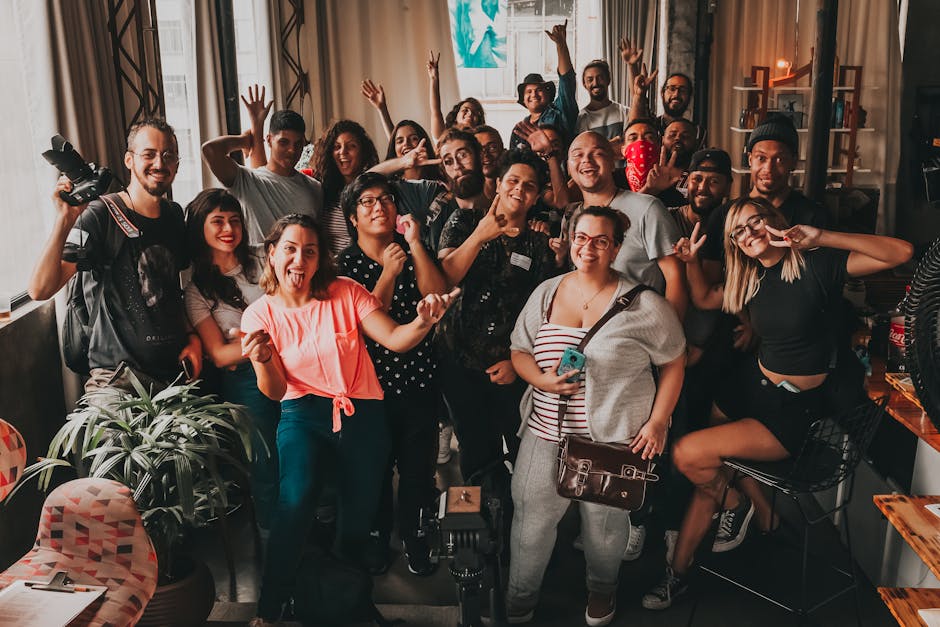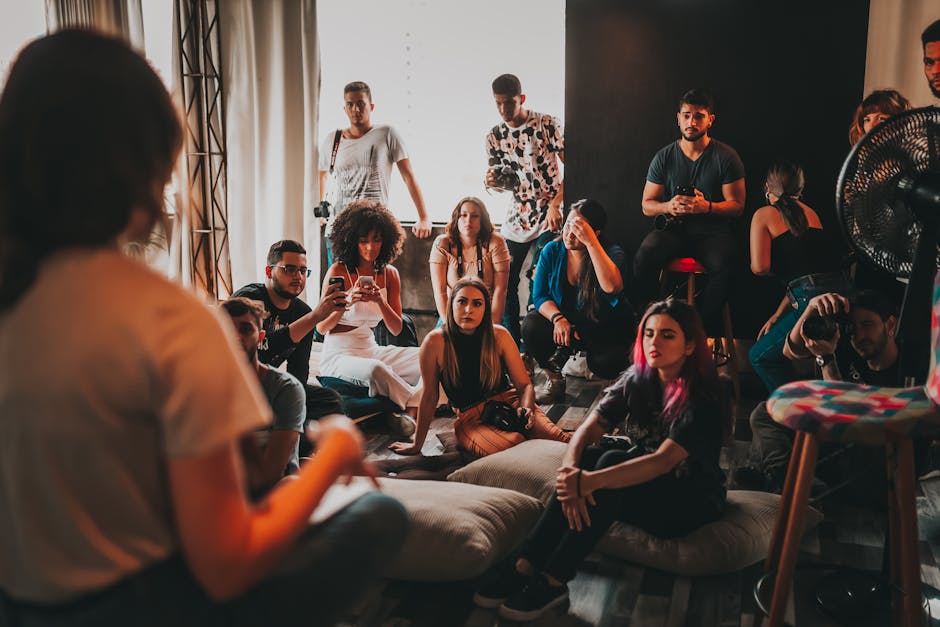Creative Social Solutions: Innovating for a Better Tomorrow
As our world grapples with complex social issues, the need for innovative solutions has never been more pressing. In a landscape where traditional methods may fall short, creative social solutions offer a fresh perspective and a glimmer of hope. From grassroots initiatives to large-scale projects, creativity has the power to transform communities, uplift individuals, and drive meaningful change. In this article, we delve into the realm of creative social solutions, exploring the diverse ways in which creativity is being harnessed to address societal challenges.
The Power of Creativity in Social Change

Creativity has long been recognized as a driving force behind social change. Whether through art, music, storytelling, or design, creative expressions have the power to inspire, provoke thought, and foster connections. In the realm of social solutions, creativity serves as a catalyst for innovation, enabling individuals and organizations to rethink traditional approaches and develop novel strategies.
One of the key aspects of creative social solutions is their ability to engage communities in a meaningful way. By tapping into the creative potential of individuals, these solutions empower people to take an active role in addressing the issues that affect them. This participatory approach not only leads to more sustainable outcomes but also fosters a sense of ownership and agency among community members.
Case Studies in Creative Social Solutions

From urban revitalization projects to social entrepreneurship ventures, creative social solutions come in various forms and scales. Let’s explore some inspiring case studies that highlight the transformative power of creativity in addressing social challenges.
1. The High Line, New York City
The High Line, a public park built on a historic freight rail line elevated above the streets on Manhattan’s West Side, is a shining example of creative urban revitalization. What was once a disused railway has been transformed into a vibrant green space that attracts millions of visitors each year. The project not only rejuvenated the surrounding neighborhood but also sparked a global trend of repurposing abandoned infrastructure for public benefit.
2. TOMS Shoes: One for One Movement
TOMS Shoes, a popular footwear brand, is known for its innovative One for One movement. For every pair of shoes purchased, TOMS donates a pair to a child in need. This creative business model not only drives sales but also creates a positive social impact by providing footwear to children in underserved communities around the world. Through this initiative, TOMS has demonstrated the power of blending commerce with social good.
Challenges and Opportunities in Creative Social Solutions

While creative social solutions hold great promise, they also face challenges and limitations. One of the key challenges is scalability not all creative interventions can be easily replicated or expanded to reach a larger audience. Additionally, measuring the impact of creative social solutions can be complex, as their outcomes may not always be easily quantifiable.
Despite these challenges, there are ample opportunities for furthering the impact of creative social solutions. Collaborations between artists, activists, policymakers, and community members can lead to innovative approaches that address social issues from multiple angles. Furthermore, leveraging technology and digital platforms can amplify the reach and effectiveness of creative interventions.
Common Misconceptions about Creative Social Solutions

There are several misconceptions surrounding creative social solutions that deserve to be addressed. One common misconception is that creativity is a luxury that is not essential to addressing pressing social issues. In reality, creativity plays a crucial role in sparking new ideas, engaging communities, and fostering empathy all of which are essential components of effective social change.
Another misconception is that creative social solutions are only relevant to certain sectors, such as the arts or culture. In truth, creativity can be applied across a wide range of fields, from healthcare and education to environmental sustainability and poverty alleviation. By embracing creativity as a tool for problem-solving, organizations and individuals can unlock new possibilities for social impact.
Conclusion: Embracing Creativity for Social Good
As we navigate the complex challenges facing our world, creative social solutions offer a beacon of hope and possibility. By harnessing the power of creativity, we can reimagine existing systems, engage communities, and drive meaningful change. Whether through art, design, technology, or storytelling, creativity has the potential to transform lives, inspire action, and build a more equitable society.
Let us embrace creativity as a driving force for social good, empowering individuals and communities to innovate, collaborate, and create a brighter future for all. Together, we can harness the transformative power of creativity to build a more just, inclusive, and sustainable world.
As we reflect on the role of creativity in social change, let us remember that every act of creation, no matter how small, has the potential to make a difference. Let us continue to explore, experiment, and innovate, knowing that our creative efforts have the power to shape a better tomorrow for generations to come.




